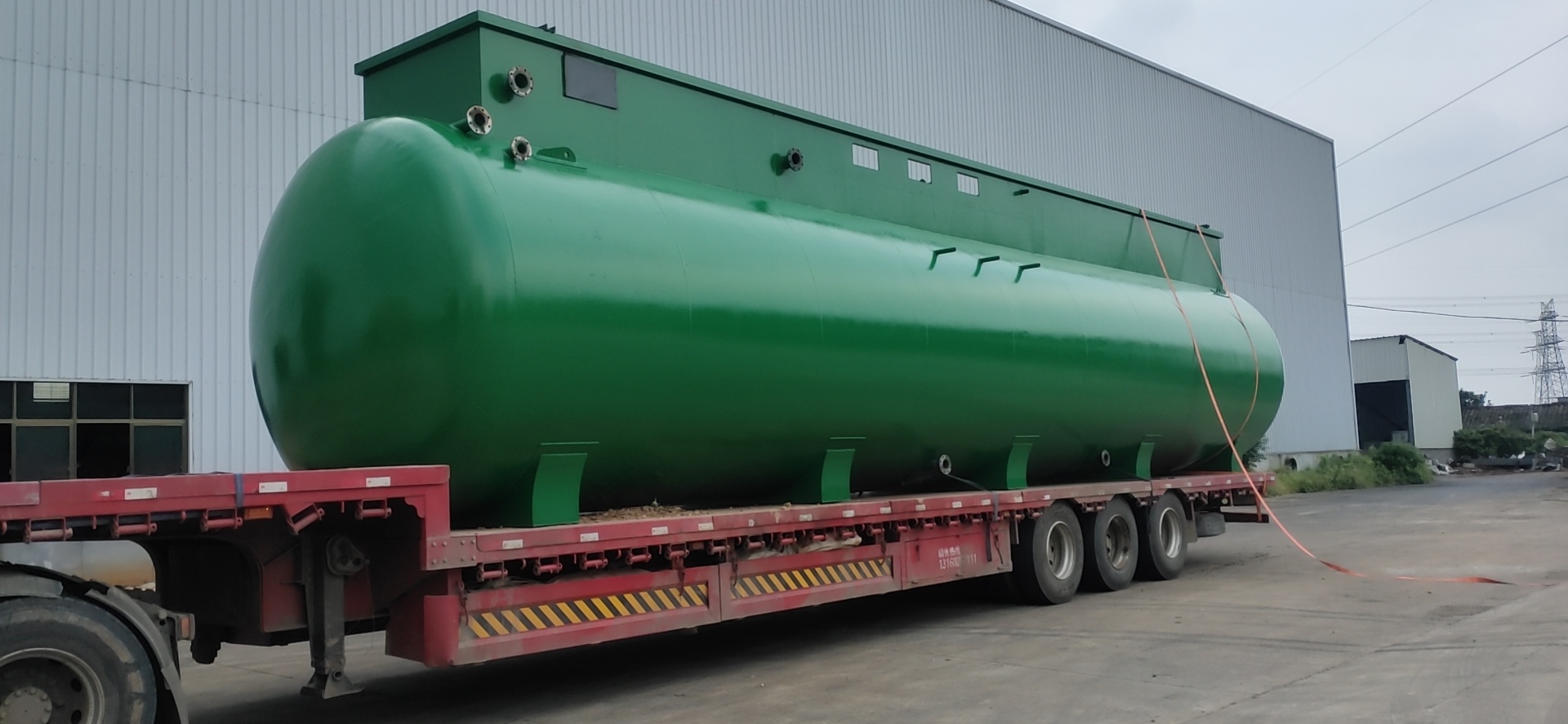How does a thin-film evaporator work?
2021-09-14
A thin-film evaporator is a new type of high-efficiency evaporator with high heat transfer coefficient and high evaporation intensity. It is highly adaptable to heat-sensitive materials and also shows good adaptability to scaling and crystallizing materials. The final concentration of the thin-film evaporator is highly adjustable.

The material liquid preheated to a certain temperature enters the evaporator from the upper inlet and is divided into multiple streams by a rotating liquid distributor, flowing into the inner wall of the cylinder. Each stream forms a uniform liquid film on the heated inner wall. The liquid film absorbs the heat transferred from the heating medium to the evaporation surface, and rapid evaporation occurs on its surface. Through repeated evaporation, the material liquid is gradually concentrated.
According to the reason for film formation and the flow direction, it can be divided into three types: rising film evaporator, falling film evaporator, and scraped film evaporator. The thin-film evaporator unit consists of three components: an evaporator, a gas-liquid separator, and a preheater, as well as a simple separator; the evaporator is a film-type heat exchanger. Thin-film evaporators have the characteristics of large production capacity, high efficiency, and short material heating time, suitable for the concentration of dilute solutions in the pharmaceutical, food, and chemical industries. Thin-film evaporators have good corrosion resistance, stable operation, and long service life.
Jiangxi Huajin Petrochemical Equipment Co., Ltd. is a professional production base for A3 head manufacturing in Jiangxi Province. The company mainly produces FF oil tanks, skid-mounted tanks, skid-mounted oil tanks, vacuum decompression concentration tanks, SF oil tanks, thin-film evaporators, alcohol recovery towers, horizontal oil tanks, sand-filled pipes, chemical equipment, dryers, double-layer oil tanks, non-standard chemical equipment, etc., using a steel tank forming process that integrates five processes: opening, shearing, arc rolling, forming, and welding.








